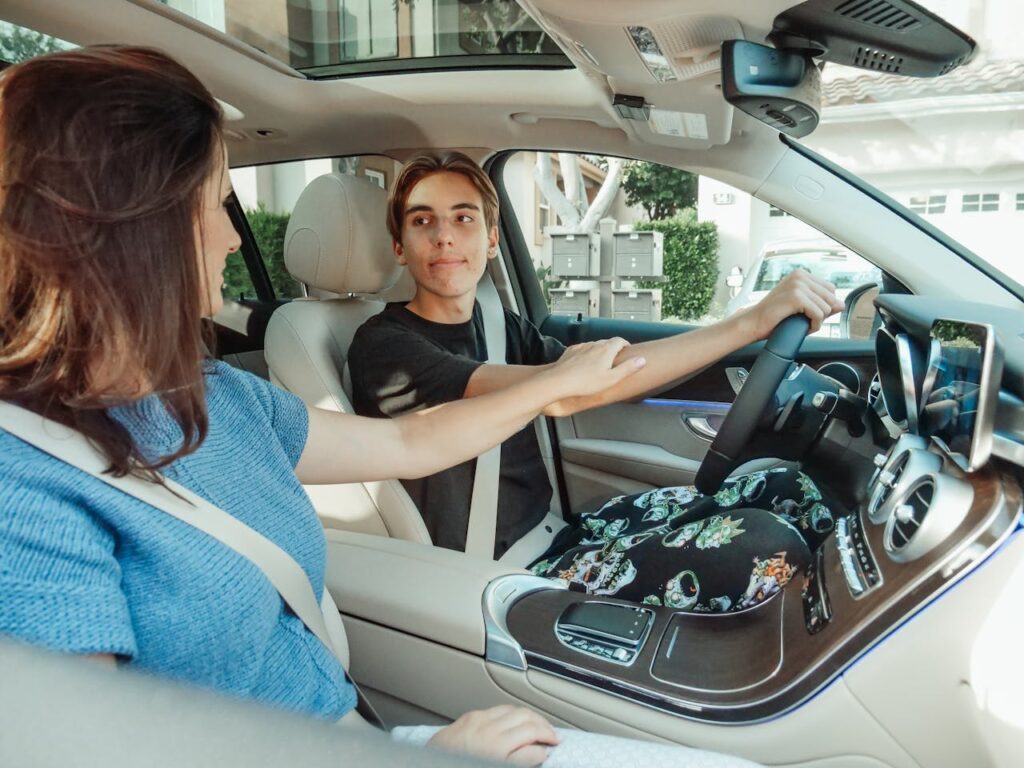
Research by the AAA Foundation for Traffic Safety found that for more than a decade, from 2011 to 2022, teen drivers experienced on average seven fatality crashes per day. The study also revealed that drivers in the 16- and 17-year-old range experienced three times as many crashes overall as adults. Read on to learn more about the real risks of teen drivers getting behind the wheel in the United States…
Teen Drivers Most Dangerous as New Drivers
The National Road Safety Foundation and other organizations and agencies describe a yearly period of a higher-than-average number of crashes from Memorial Day in May to Labor Day in September as the “100 Deadliest Days of Summer.” Most people would blame this event on school ending for the summer, which results in an increase of distracted, rushing parents and guardians on roads and more people overall traveling for vacations.
Yet, the reality is that new teen drivers are the biggest problem. During this period, hundreds of thousands of inexperienced teen drivers earn their licenses as a result of extremely high July and August birth rates. They most commonly crash because of distracted driving (i.e., 60%), followed by speeding, inexperience and driving while under the influence.
Teen Drivers Lack Driving and Life Experiences
All new drivers exhibit risky behaviors on America’s highways and byways because of a lack of hands-on experience, knowledge about the rules of the road, and mental and physical skills that only develop over time. Teen drivers don’t know how to navigate common road conditions, such as bad and risky driving actions of other drivers, bumper-to-bumper, stop-start traffic, construction and other infrastructure projects, and poor weather. They’re not used to driving defensively during different seasons or holidays. They’ve never had to interact on their own this way before with vulnerable road users like pedestrians, bicyclists, motorcyclists, skateboarders, delivery drivers and people with disabilities.
Their lack of driving experiences is compounded by their lack of other life experiences. Teen drivers usually don’t have the confidence and other skills needed to handle heavy machinery safely. Even though they’re less likely than adults to drive while impaired by alcohol or drugs, their risk of a crash that can end with a serious injury or fatality is higher for this reason and others. They also haven’t learned yet how to compartmentalize and multitask as well as adults when dealing with sudden emotional upheaval and emergencies.
Teen Drivers Have Serious Physical Limitations
Unlike their adult counterparts, teen drivers experience drastic, out-of-the-blue changes to their bodies that can adversely affect their ability to focus, control their moods, and prevent impulsive behaviors. These changes can make them feel invincible and capable of getting away with doing anything they think of in a moment. Conversely, they might feel a great deal of anxiety and nervousness with negative self-talk that causes mistakes and distracts them from their driving responsibilities.
Teen drivers often drive in dangerous ways. For example, they might answer a call or text with one hand while attempting to merge onto a road, enter an intersection, or pass another vehicle. The risk of cell phone use behind the wheel is well known, and teens are especially vulnerable. That is why many states, such as Oklahoma, have laws restricting all cell phone use while driving for teens. They might also fail to notice that they’re breaking the speed limit or even believe that it’s okay to purposely speed or run red lights, especially at night when they think no one is watching them.
Teens are more likely to not actively watch the road in front of them or to the sides for dangers like pets and wild animals. They often pay closer attention to drinking beverages, eating food, interacting with a mirror, radio or phone, and talking with passengers. They might hesitate, freeze up, or even forget they’re driving when faced with bad news on the phone, a driving mistake they recognize in the moment, or an in-vehicle or external emergency.
How Can Adult Mentors Reduce the Risks?
Parents and guardians need to always present safe driving habits when their teens are passengers or practicing with them. They should explain in detail specific risks like summer driving conditions and driving at night or at dawn and dusk. They should consider signing up teens for extra driver safety courses.
Adults must also establish rules and then penalties for when their teens inevitably break those rules. For example, they might temporarily remove car access and other privileges if they learn that their teen drives without a seat belt or breaks the speed limit, even without a ticket. Adults should promote “zero-tolerance” standards so that teens experience manageable, mild-to-moderate teachable-moment penalties while learning instead of the loss of their licenses or lives.
